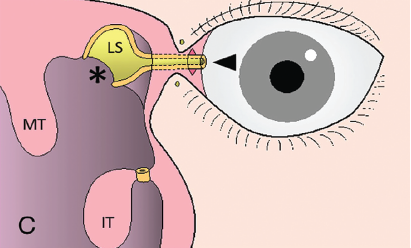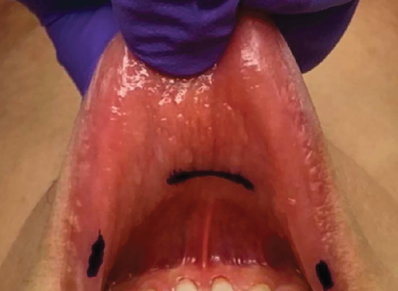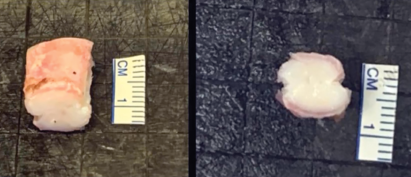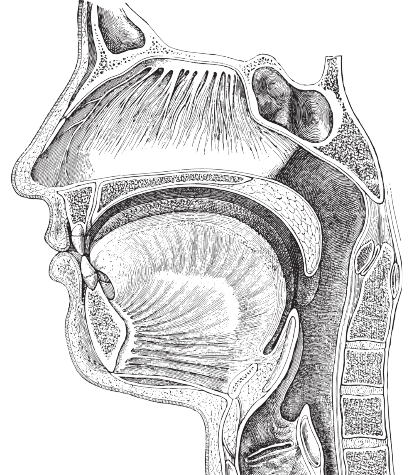Identification of sentinel lymph nodes (SLNs) in head and neck melanoma can be particularly challenging, due in part to the unpredictable and diffuse lymphatic drainage of the head and neck.


Identification of sentinel lymph nodes (SLNs) in head and neck melanoma can be particularly challenging, due in part to the unpredictable and diffuse lymphatic drainage of the head and neck.

Caring for a colleague in medicine carries additional responsibilities, including navigating potential challenges to your care in the context of autonomy, beneficence, nonmaleficence, and social justice.

We introduce a novel method, conjunctivoductivo-dacryocystorhinostomy, for anastomosis of the conjunctiva and nasolacrimal duct without leaving any facial scars or foreign bodies in semi-permanent detention.

Using a transoral endoscopic vestibular approach to the Sistrunk procedure results in an improved cosmetic outcome while achieving all objectives of the traditional approach

We present a modified EPCS/RG that involves the use of balloon dilation to aid in the the placement of the cartilage graft into the divided cricoid lamina.
There is insufficient evidence to support the use of corticosteroids in managing acute vestibular neuritis in adults.
A look at what neurodegenerative changes can be observed with MRI in patients with olfactory impairment and mild cognitive impairment (MCI) or dementia.
Growing vestibular schwannomas (VSs) show higher signal intensities on Gd-enhanced MRIs and, therefore, measuring signal intensity of VS on Gd-enhanced MRI may aid in predicting VS growth.
Preoperative imaging should be integrated with intraoperative findings based on endoscopic inspection and frozen sections in patients with maxillary cancer.

A thyroglossal duct cyst is one of the most common congenital anomalies of the midline neck.